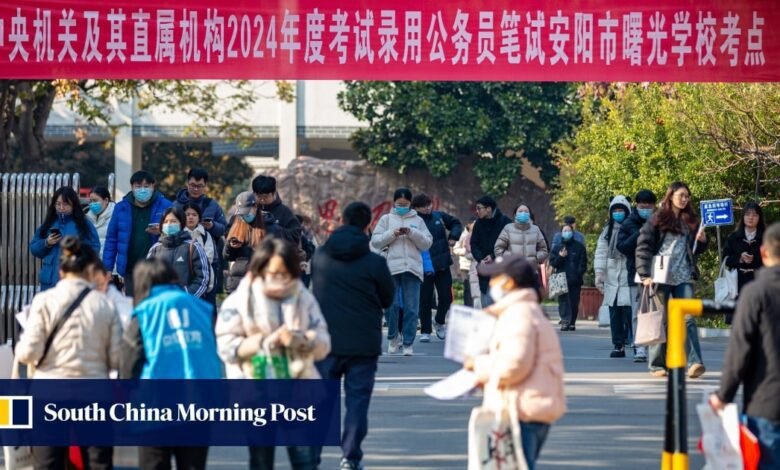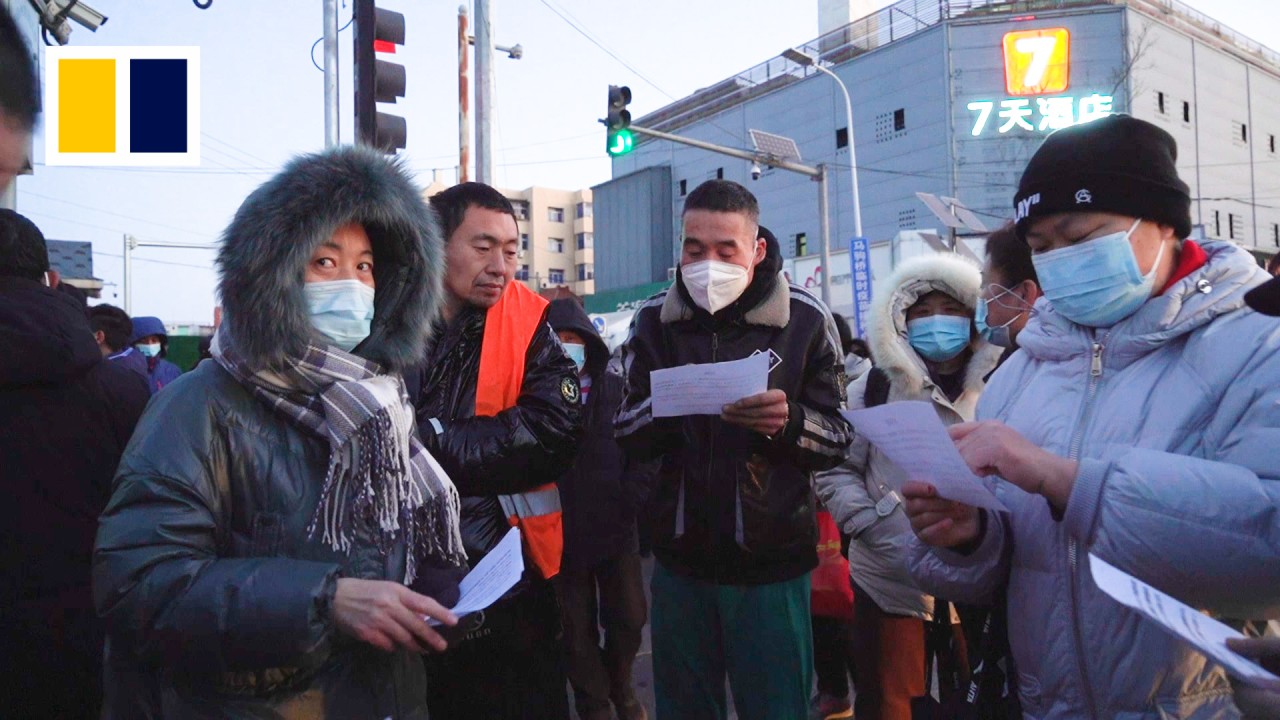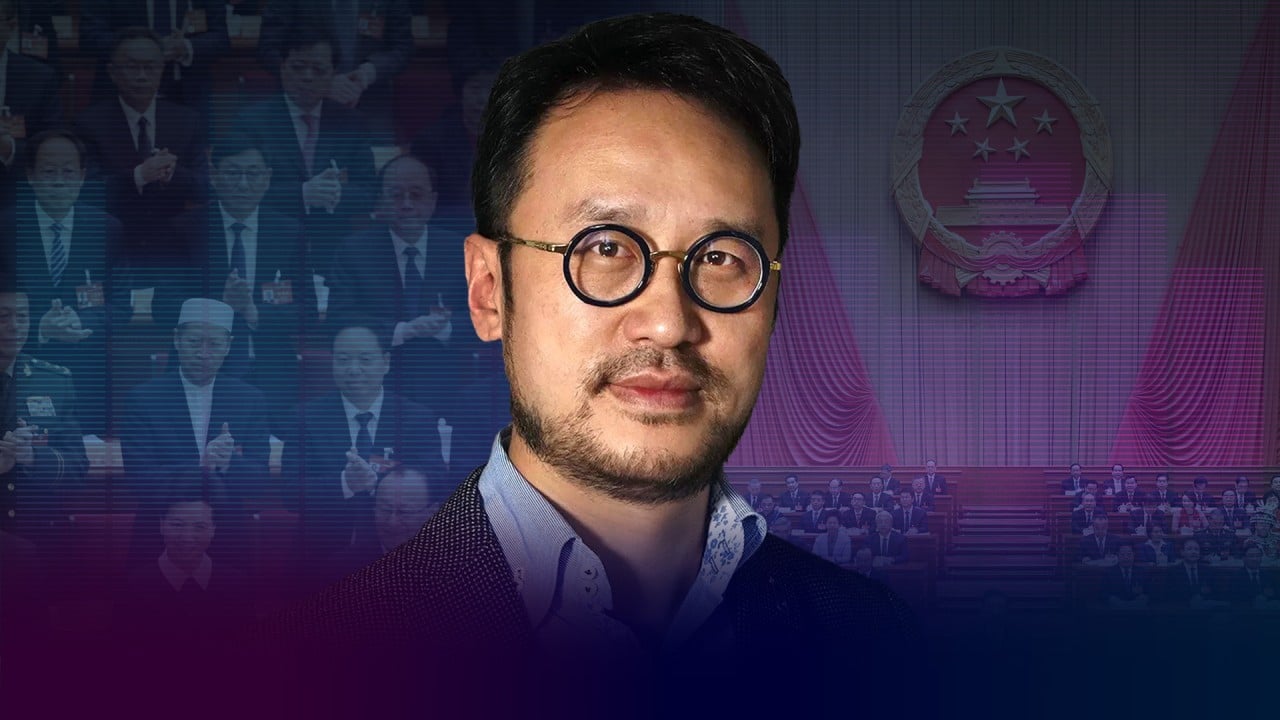China’s provinces cut thousands of government jobs to spend more on Beijing’s science and control priorities

A year later, the nature and scale of the restructuring is beginning to become evident, as new agencies covering these areas are created by central and local governments.
The central province of Henan has attracted the attention of millions of Chinese civil servants since mid-April, when its economic planner released details of downsizing provincial public institutions, reducing the workforce by more than 5,600 people in recent years.
It is estimated that more than 3,330 vacancies will be added to scientific research and technological innovation institutions, including at the provincial science academy, key laboratories and in other areas, such as worker training. The plan outlined job growth in areas related to people’s livelihoods and foundation stability.
China broadly divides government payroll personnel into two categories: administrative employees in government agencies, known as xingzheng bianzhi, and employees who work in other public institutions, such as schools, hospitals, broadcasting, municipal administration and social assistance, known as shiye bianzhi.
The Henan government stated that its plan to restructure public institutions, or shiye danweiit would not affect those who work in schools and hospitals.
A Henan official involved in the downsizing exercise said the main downsizing methods would not involve mass layoffs.
“We restricted the staff quota for each unit. Depending on the severity of the overstaffing, we will tell them that they can only recruit one for every two or three retirements or layoffs. Then, after a few years, they will reach the target number,” he said on condition of anonymity.
“Without a doubt, the workload of each boss will increase and we have heard complaints. But it’s still better than containment.”
Threat of “cession” still real as gender gap widens in post-pandemic China
Threat of “cession” still real as gender gap widens in post-pandemic China
Alfred Wu, associate professor at the National University of Singapore’s Lee Kuan Yew School of Public Policy, said boosting recruitment was probably “the only way to shrink China’s public sector.”
“As in other countries, it is difficult to fire civil servants unless it is discovered that they have disciplinary problems. Job security has made the public sector the most sought-after employer in China today and people tend to stay in the system until retirement given rising unemployment,” said Wu.
In one of Henan’s official newspapers, an editorial employee said that although his unit followed the policy of “one recruitment for every two retirements”, they had not replaced the two retirees in their office due to a lack of funds in the budget.
“Our office is getting older, we were told that no new blood would be joining us in the near future,” he said, adding that they now employed contract workers or freelancers to help lighten the workload, but they usually didn’t stay long because their salary and medical benefits were lower than those offered to permanent workers.
The workforce reduction in Henan is a sign of Beijing’s determination to push for reform of public institutions in all provinces, following a four-year trial period in selected provinces and cities.
The Central Commission for Deepening Comprehensive Reform – China’s top decision-making body on institutional reforms led by President Xi Jinping – approved a pilot plan for the reform of public institutions in February 2020.
It asked five provinces – Shanxi, Heilongjiang, Inner Mongolia, Jiangxi and Shandong – to make changes to public institutions across the province, while four other provinces, including Jiangsu, were asked to choose cities to be pilot zones.
According to media reports, the pilot provinces focused on merging non-core public functions, including official media, municipal administration or Chengguang, and geological exploration units, to make staff cuts.
In October 2021, Heilongjiang reported the rationalization of 2,735 public institutions and the cutting of more than 83,000 “employees” from public institutions, while in eastern China, Jiangsu province reported a cut of more than 40% in municipal institutions in four pilot cities, cutting more than 9,500 jobs in 2022.
Wu said the latest round of austerity efforts may not necessarily mean a drop in the number of Chinese civil servants.
“There is no conclusive evidence about the trend of civil service in China. But official statistics on the workforce on the government payroll appear to be gradually increasing since Xi came to power in 2012, because Xi needs to mobilize more hands to ensure stability,” he said.
‘I abandoned all idealistic job expectations’: China’s job seekers face reality
‘I abandoned all idealistic job expectations’: China’s job seekers face reality
Based on figures from the National Statistics Office, the number of urban employees in public administration, social security and other organizations increased from 15.4 million in 2012 to almost 20 million in 2022. The percentage of public sector employees in total urban employment increased from 10. percent to 12 percent in the same period.
Wu noted that the tight government budget – resulting from weaker revenues from land sales and a general slowdown in economic activity – could be a compelling reason for the Chinese government to freeze its headcount.
In 2023, all mainland provinces and municipalities except Fujian province recorded a budget deficit. Henan had revenues of 451 billion yuan ($62 billion), but expenses amounted to 1.106 billion yuan ($152 billion), leaving a staggering deficit of 655 billion yuan ($90 billion ), according to the provincial government work report.






